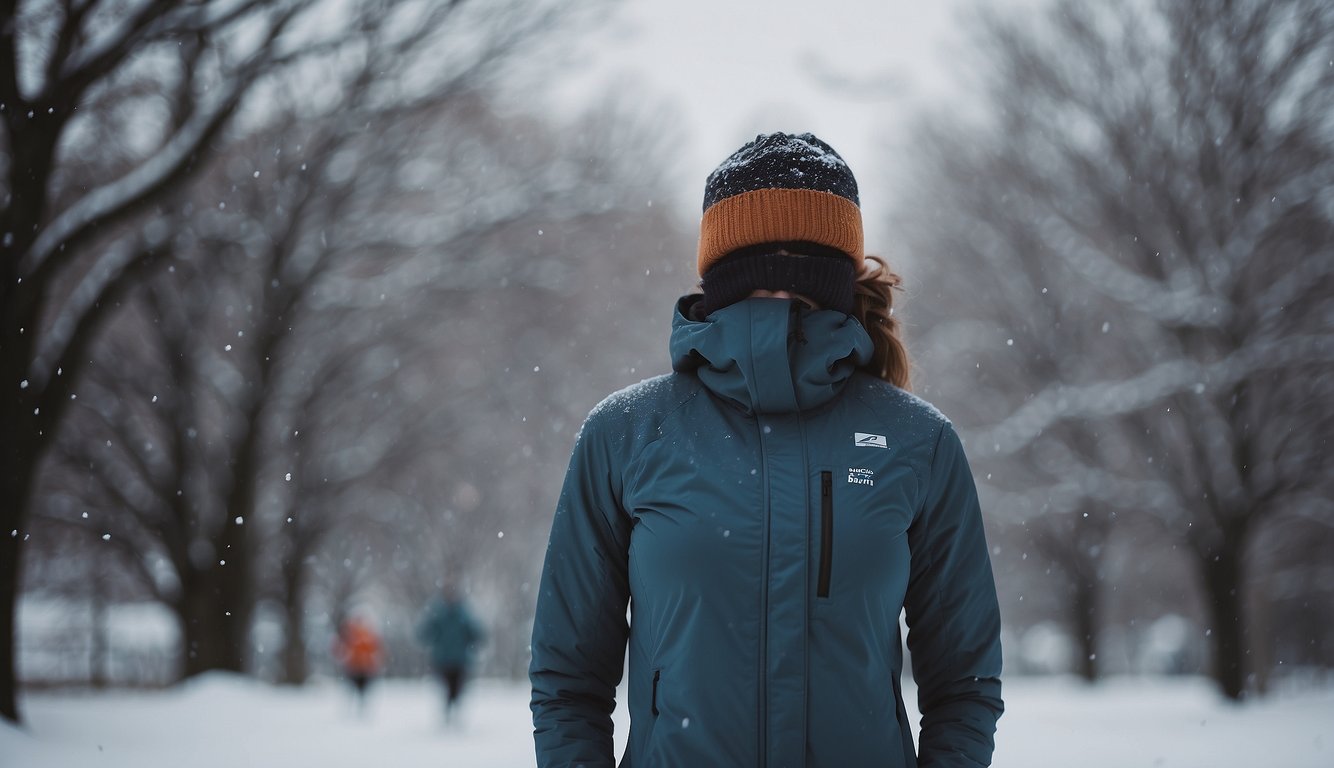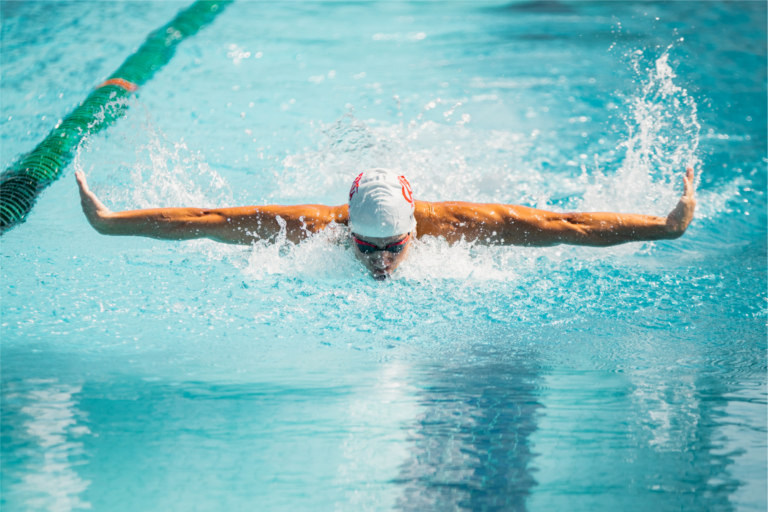Stretching Guide for Post-Run Recovery in Cold Weather: Optimize Muscle Health
Running in cold weather presents unique challenges, especially when it comes to post-run recovery. As a UESCA certified running coach, I’ve found that a proper stretching routine is essential to help runners avoid injury and improve flexibility when temperatures drop. The cold can make muscles stiffer and more prone to strain, making it even more important to stretch after a run.
My experience has taught me that when you finish a cold weather run, your first priority should be to gently increase the temperature of your muscles. A sequence of stretches targeting the major muscle groups used in running can help achieve this. It’s not just about picking random stretches but following a structured guide that ensures all key areas, such as the calves, quadriceps, hamstrings, and glutes, are given the attention they need for a thorough post-run recovery.
The stretches should be static and held for adequate time to promote flexibility and relaxation of the muscles. For instance, ending a winter run with a standing calf stretch can address tightness in the lower legs, while a seated forward fold can alleviate tension in the hamstrings. Focusing on breathing deeply through each stretch can also facilitate better circulation and aid in overall recovery. This approach is designed to optimize your post-run routine and help you transition from the cold outdoors to indoor recovery smoothly.
the Importance of Post-Run Stretching

Practicing post-run stretching is crucial for cooldown and recovery, especially in cold weather when muscles are more prone to stiffness. I focus on helping runners enhance performance and reduce the risk of injury by advocating for a consistent stretching routine.
Benefits of Stretching for Runners
Flexibility and Range of Motion: Regular stretching after running can aid in improving flexibility and increasing range of motion in joints. This leads to better movement efficiency and can enhance overall running performance.
- Prevent Injuries: Stretching muscles post-run helps in preventing common running injuries by reducing muscle tightness and imbalance.
- Aids Recovery: Post-run static stretching can assist in decreasing muscle soreness and facilitate a faster recovery process.
Identifying Common Running-Related Muscle Groups
For runners, certain muscle groups are more frequently engaged and thus require targeted stretching to prevent tightness and potential injury:
- Hamstrings: These muscles are susceptible to tightness which can affect stride length.
- Quadriceps: As the primary driver for lifting knees, keeping them loose is essential.
- Calves: They absorb a lot of impact during running; stretching them can prevent issues like Achilles tendinitis.
- Hip Flexors: These can become tight due to the repetitive motion of running, affecting posture and gait.
Incorporating both static stretches (holding a stretch position) and dynamic stretches (stretching through movement) into the cool-down phase targets these muscle groups efficiently and helps in maintaining muscle health.
Cold Weather Stretching Strategies

Stretching in cold weather requires a thoughtful approach to prevent injury and to maximize the benefits to muscle tissue. I’ll guide you through adapting your stretches to the cold and the differences between static and dynamic stretches.
Adapting Your Stretching Routine for the Cold
When temperatures drop, our muscle tissue becomes less responsive, increasing the risk of strains. It’s crucial to gradually increase body temperature before starting a stretch routine.
Begin with a light warm-up indoors to raise your core temperature. This could be as simple as jogging in place or doing jumping jacks for a few minutes. Once your body is slightly warm, you can begin stretching, focusing on all major muscle groups used during your run.
Static vs. Dynamic Stretches in Cold Weather
Static stretches involve holding a position for an extended period, typically 15-30 seconds, to lengthen muscle tissue and improve flexibility. In cold weather, perform static stretches after your run, not before, when your muscles are warmest.
Slip into heavy layers post-run to retain body heat, and focus on each major muscle group.
| Static Stretches | Duration | Muscle Groups |
|---|---|---|
| Hamstring Stretch | 30s | Hamstrings |
| Quadriceps Stretch | 30s | Quadriceps |
| Calf Stretch | 30s | Calves |
Dynamic stretches, in contrast, consist of controlled movements that prepare your muscles for the activity ahead. These movements should mimic your running motion and are best done after a light cardio warm-up but before your cooldown run, even when it’s cold. Dynamic stretches include high knees and leg swings, promoting blood flow and reducing the risk of injury.
| Dynamic Stretches | Repetitions | Muscle Groups |
|---|---|---|
| High Knees | 15-20 | Hip Flexors |
| Leg Swings | 15 each leg | Hamstrings, Quadriceps |
Key Stretches for Running Recovery
After a cold-weather run, it’s crucial to perform stretches that target the muscles most impacted by the activity. This not only aids in recovery but also helps in maintaining flexibility and reducing the risk of injury.
Lower Body Focus Stresses
Hamstring Stretch:
To stretch your hamstrings, stand and cross one foot in front of the other. Bend forwards from the waist, keeping your back flat. You should feel a stretch in the back of your thigh. Hold for 15-30 seconds and switch legs.
Calves and Glutes:
- Standing Calf Stretch: Stand facing a wall, extend one leg straight back with your heel on the ground. Lean into the wall until you feel a stretch in the calf of the extended leg. Hold, then switch sides.
- Glute Stretch: Lie on your back, cross right ankle over left knee, and pull the left thigh towards your chest. Hold for 15-30 seconds before switching sides for a stretch in the glutes.
Upper Body and Core Stretching
Quad Stretch:
For the quads, stand on one leg, pull your other foot towards your buttocks, and hold your ankle. Keep your knees together and push your hips forwards to enhance the stretch. Hold on to a wall or chair for balance if needed.
Hip Flexors:
- Hip Flexor Stretch: Kneel on one knee (place a cushion underneath if needed), with the other foot in front, forming a 90-degree angle at the knee. Drive your hips forward, keeping your back straight and avoiding leaning into the front leg. Hold for 15-30 seconds per side.
These stretches can greatly improve your post-run recovery, especially in cooler temperatures where muscles are more prone to tightening. Remember to breathe deeply throughout and never push into pain.
Recovery Techniques Beyond Stretching
When focusing on post-run recovery in cold weather, it’s crucial to extend your approach beyond just stretching.
Effective recovery can alleviate muscle soreness, enhance blood flow, and accelerate the disposal of lactic acid. Two advanced methods include foam rolling and active recovery, both integral for addressing inflammation and aiding in muscle recovery.
Incorporating Foam Rolling
Foam rolling, a self-myofascial release technique, serves as a great tool to manage post-workout muscle soreness. By slowly rolling over different parts of your body, you apply pressure to muscle tissue, effectively breaking up knots and increasing blood flow. An ideal foam rolling session might look like this:
- Duration: Spend at least 1-2 minutes on each muscle group.
- Frequency: Roll each major muscle group immediately after your run and on rest days if you’re feeling particularly sore.
Regular use of a foam roller can help reduce inflammation and mitigate the accumulation of lactic acid in the muscles. It allows me to target specific areas where tension is highest, promoting faster recovery and preparing my muscles for their next workout.
Utilizing Active Recovery Methods
Active recovery is another vital component of my post-run routine, especially in colder climates where muscles can tighten up more quickly. Low-intensity activities keep the heart rate slightly elevated to maintain blood flow, aiding in the removal of lactic acid and reducing muscle stiffness. Some of the specific methods I deploy include:
- A slow jog or walk for 15-20 minutes
- Gentle cycling
- Dynamic movements that engage the muscle groups used during your run
By integrating active recovery methods, I find that my muscles recover more efficiently, and I’m less likely to suffer from delayed onset muscle soreness. It’s not just about keeping the body moving; it’s about fine-tuning recovery to optimize performance and comfort after a taxing run.
Considerations for Post-Run Nutrition and Hydration
Proper nutrition and hydration are crucial after a cold weather run to aid recovery. Even in cooler temperatures, your body loses fluids through sweat. I always emphasize replenishing fluids soon after a run to prevent dehydration.
Hydration: Immediate post-run hydration should include water. For runs longer than an hour, I recommend fluids with electrolytes to restore the balance lost through sweat.
Refueling: Consume carbohydrates to replenish glycogen stores within 30 minutes post-run. Your muscles are most receptive to glycogen synthesis during this window.
Proteins: Essential for muscle repair, include a source of protein in your post-run meal. This assists in repairing any muscle micro-tears incurred during your run.
Here’s a quick reference table on key intake:
| Nutrient | Source | Quantity | Timing |
|---|---|---|---|
| Water | Plain water, electrolyte-infused drinks | 16-20 oz | Within 30 mins |
| Electrolytes | Sports drinks, coconut water | As needed | During/After run |
| Carbohydrates | Fruit, whole-grain bread, energy bars | 0.5-0.7g per lb | Within 30 mins |
| Proteins | Nuts, yogurt, lean meats | 10-20g | Within 30 mins |
Stay well-hydrated throughout the rest of the day to ensure a complete recovery. My advice is to listen to your body’s cues for thirst and continue consuming fluids regularly.
Keep these considerations in mind, and you’ll be on your way to effective recovery after your cold weather runs.






